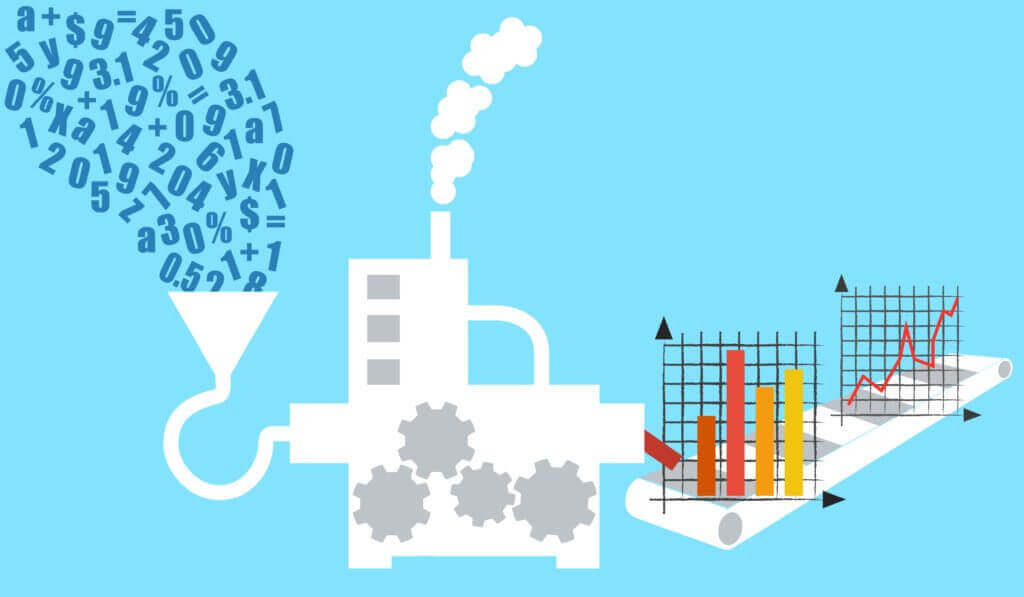
Whether ‘tis nobler in revenue strategy to suffer the reservations and upgrades of outrageous fortune, or to take arms against a sea of data, and by opposing, better optimize them.
If Shakespeare’s not your thing, then let’s talk in modern terms: When your revenue management technology builds a forecast, and deploys pricing for each room type, is it based on “booked data” or “stayed data”?
Simply put, booked data represents transactional data that indicates which room type a guest booked, and stayed data represents transactional data that specifies which room type a guest actually stayed in.
Most reservations data that is integrated into revenue management tools is based on stayed data. There are many reasons why the industry has always focused on stayed data. KPIs are based on stayed data, and it’s important to know the physical room the guests stayed in. In addition, collecting both types of data means more data to process.
We think there is significant opportunity in shifting from stayed data to booked data. Following research among the IDeaS client base we found instances where up to 60% of the time, the guest’s room type changes from a lower room class to a higher one with no additional revenue attached to the change.
Airlines have already figured it out
Airlines have long coped with passengers booking one seat and ending up in another. Airline revenue managers struggled with data sets created by scenarios where business class upgrades occur due to loyalty program perks. Let’s assume that a passenger books a coach class ticket and receives a free upgrade to business class. The flight data actuals show the business class seat as occupied with a rate that’s likely far less than the average price of a purchased business class ticket.
Read rest of the article at IDeaS




